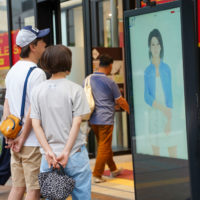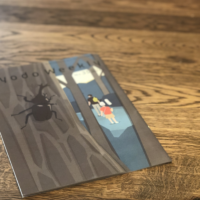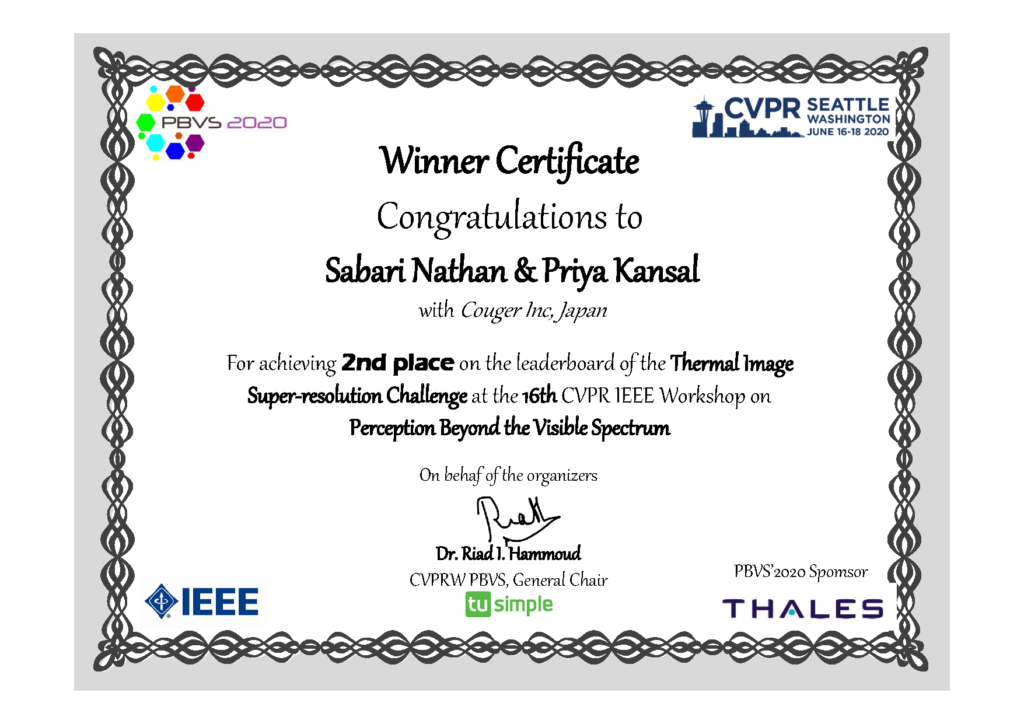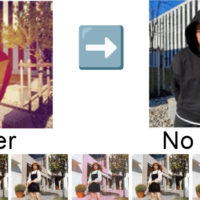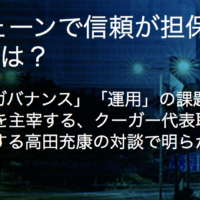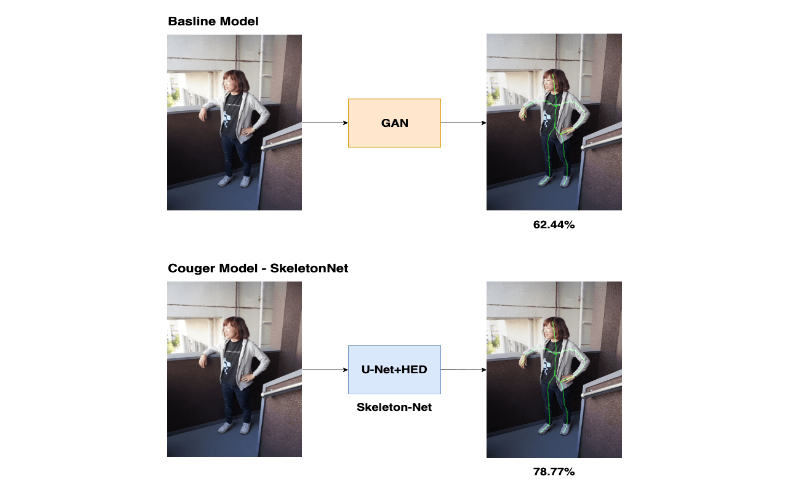
Couger Inc. (Headquarters: Shibuya-ku, Tokyo; CEO: Atsushi Ishii) is pleased to announce that two of its AI engineers have won third and fifth place, respectively, in the competition "Pixel SkelNetOn" within CVPR2019 (IEEE/CVF International Conference on Computer Vision and Pattern Recognition), one of the most prestigious conferences in the world in the field of computer vision, and their papers have been accepted.
Accuracy Beyond GAN: 3rd and 5th Place and Paper Accepted from Couger in Global AI Competition

Two members of Couger's AI team, Sabari Nathan and Priya Kansal, participated in CVPR2019.
The Pixel SkelNetOn competition, in which they participated, competes for the accuracy of AI models that recognize skeletons from shape images, usually using a data-generating algorithm called a GAN to extract the skeleton.
In contrast, our members from Couger developed a proprietary algorithm called "Skeleton-Net," which combines a method for understanding images at the pixel level called "U-Net" and a method for extracting the shape of an image with high accuracy called "HED," and succeeded in significantly improving the accuracy of skeletal extraction. (Improving from 62% to 77%)
Wide Range of Computer Vision Application Technologies
Skeleton identification is expected to be applied in a variety of fields. For example, when a shopper purchases an item at a convenience store, he/she has to 1) stop in front of the item, 2) pick it up, 3) put it in the basket, and 4) walk away. To enable an unmanned store-like purchasing experience without the accounting process, AI must be able to recognize shoppers' movements and decide whether or not to purchase a product. Humans perform basic common body-movements, such as walking and bending their arms. Furthermore, by capturing the skeletal structure, it is possible to determine whether a person is a child or an adult by determining height. This is true not only for humans, but also for other animals such as birds and giraffes. In other words, identification of the human skeleton plays a very important role in identifying the human itself and its body movements.
Until now, it has been necessary to wear motion capturing equipment in order to quantify human body movements. However, with deep learning, it is now possible to indirectly recognize human body movements with a camera without special sensors.
The "nonverbal" part of the human body will be important in the future interface.
Couger is developing a technology to reproduce human physicality in virtual space using an AI agent called Virtual Human Agent (VHA) that behaves like a human.
AI agents as future interfaces will not only need to be able to talk and have the same facial expressions as humans, but they will also need to analyze the "non-verbal parts" of humans and express them themselves.
For this reason, Couger has been developing technologies to realize advanced communication with humans using object recognition technology, which led to the award and adoption of the paper this time. We expect to further apply this technology to learn body language and non-verbal language, while applying it to understand human body movements and situations.
What is CVPR2019?
CVPR hosts a prestigious computer vision conference where the world's top AI companies, including Facebook and Google, and university research labs around the world, present papers annually. Attendees, ranging from students to researchers, come from all over the world. CVPR2019 will be held June 16-20 in California, USA.



